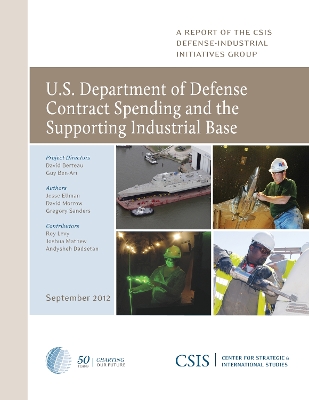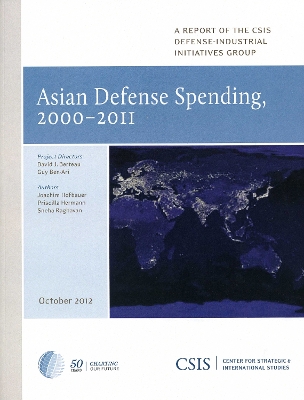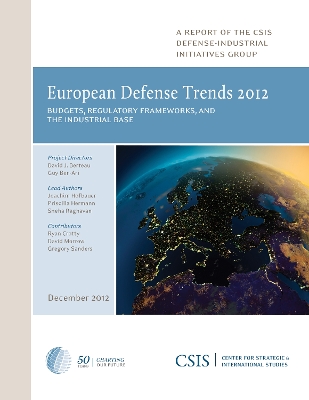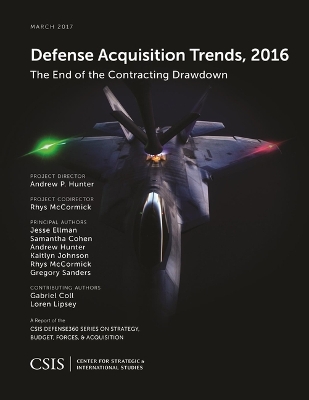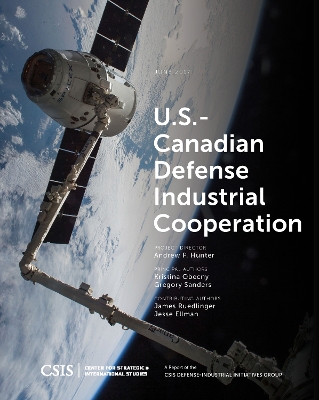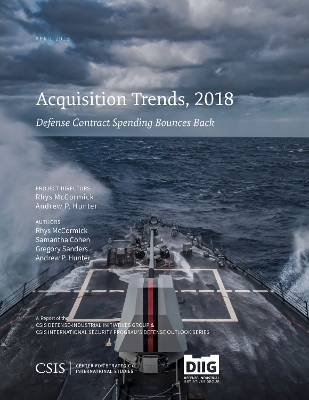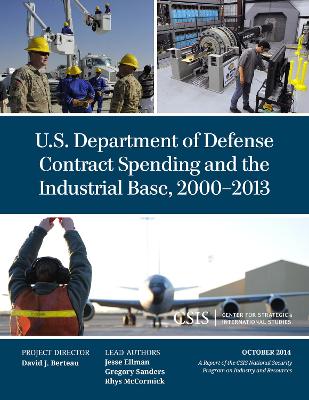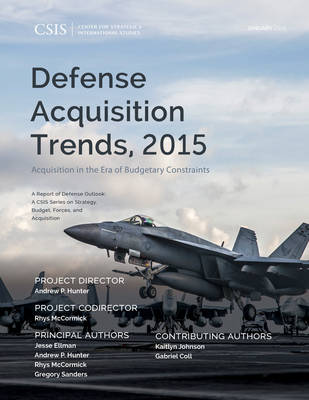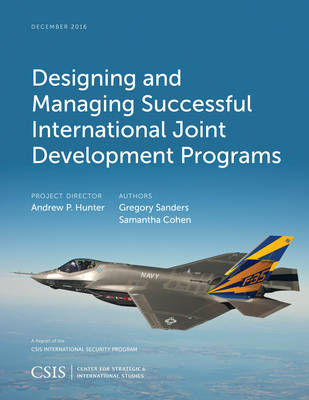CSIS Reports
31 total works
Structure and Dynamics of the U.S. Federal Services Industrial Base, 2000-2012
by Gregory Sanders and Jesse Ellman
U.S. Department of Defense Contract Spending and the Supporting Industrial Base
by David J Berteau, Guy Ben-Ari, and Jesse Ellman
A Case Study for Better Buying Power
by David J Berteau, Gregory Kiley, and Gary Powell
Asian Defense Spending, 2000-2011
by David J Berteau, Guy Ben-Ari, and Joachim Hofbauer
Contract Spending by the Department of State and the U.S. Agency for International Development
by David J Berteau, Guy Ben-Ari, and Jesse Ellman
European Defense Trends 2012
by David J Berteau, Guy Ben-Ari, and Joachim Hofbauer
Trends in European Defense Spending, 2001-2006
by Wan-Jung Chao, Gregory Sanders, and Guy Ben-Ari
U.S. Department of Homeland Security Contract Spending and the Supporting Industrial Base, 2004-2011
by David J Berteau, Guy Ben-Ari, and Jesse Ellman
Federal Research and Development Contract Trends and the Supporting Industrial Base, 2000-2015
by Jesse Ellman and Kaitlyn Johnson
Defense Acquisition Trends, 2016
by Jesse Ellman, Samantha Cohen, Andrew Hunter, and Kaitlyn Johnson
Evaluating Consolidation and the Threat of Monopolies within Industrial Sectors
by Andrew P. Hunter and Gregory Sanders
U.S.-Canadian Defense Industrial Cooperation
by Kristina Obecny and Gregory Sanders
Acquisition Trends, 2018: Defense Contract Spending Bounces Back
by Rhys McCormick, Andrew P. Hunter, Samantha Cohen, and Gregory Sanders
Implications of Ultra-Low-Cost Access to Space
by Todd Harrison, Andrew Hunter, Kaitlyn Johnson, and Thomas Roberts
Measuring the Impact of Sequestration and the Drawdown on the Defense Industrial Base
by Rhys McCormick, Andrew P. Hunter, and Gregory Sanders
Use of Incentives in Performance-Based Logistics Contracting
by Gregory Sanders and Jesse Ellman
U.S. Department of Defense Contract Spending and the Industrial Base, 2000-2013
by Jesse Ellman, Gregory Sanders, and Rhys McCormick
Defense Acquisition Trends, 2015
by Jesse Ellman, Andrew P. Hunter, Rhys McCormick, and Gregory Sanders

